#history of photography
Text

Eugène Atget (1857-1927) — Rue des Ursins, Paris [gelatin silver print, 1903]
199 notes
·
View notes
Text



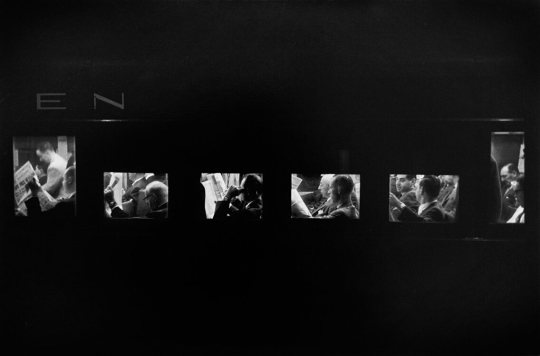

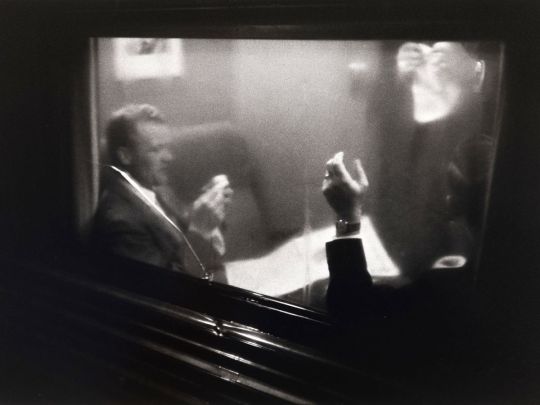

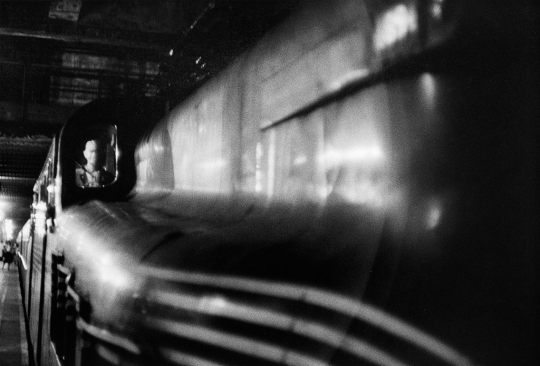

Louis Stettner - Photos from the Penn Station, 1958.
187 notes
·
View notes
Text
I get francesca Woodman.







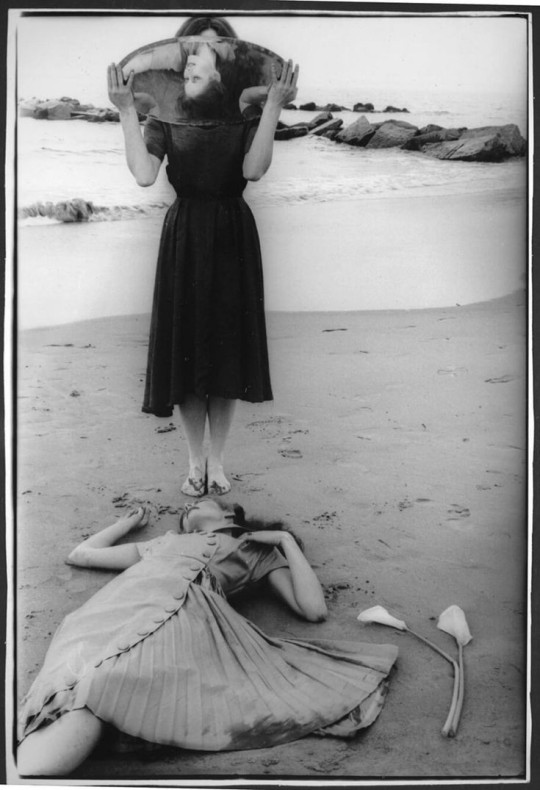

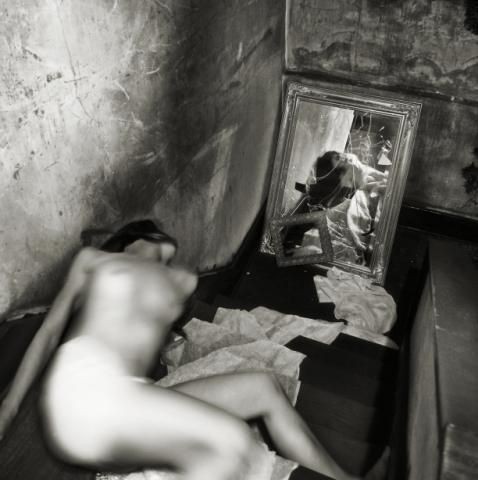
#francesca woodman#photography#history of photography#art#self portraits#self portrait photography#1970s#1980s#horror photography#coquette#dollette#haunted doll#haunted house#girlblogger#possession 1981#she's literally me#creepy doll#doll aesthetic
156 notes
·
View notes
Text
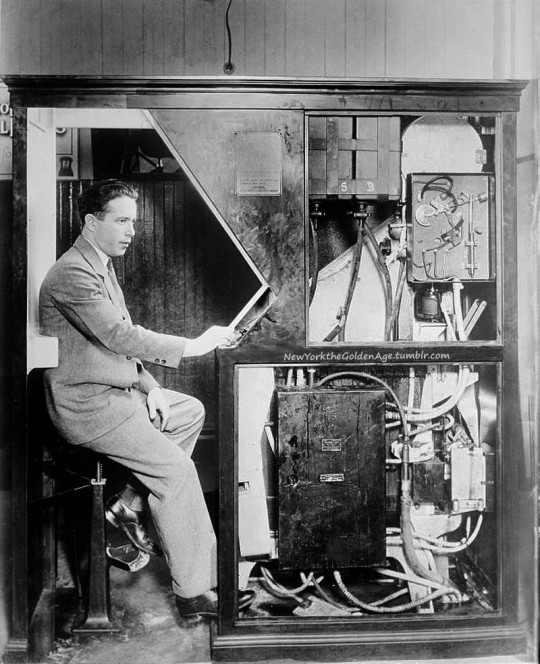
Anatol Josepho (1894-1980), the inventor of the "Photomaton" photo booth, which debuted in September 1925 at 1659 Broadway. (The photo may be from 1927.)
Photo: Bain News Service/LoC
#vintage New York#1920s#Anatol Josepho#photo booth#Photomaton#photography#history of photography#vintage NYC#September
158 notes
·
View notes
Text

[Papillons] : [photographie] mid-19th century
Rousseau, Louis (1811-1874). Photographer.
Gallica
702 notes
·
View notes
Text
Coming into Focus: A Good Omens Civil War AU by CemeteryAngel725

Special thanks to @shipper-of-all-things for helping me design the cover art for this fic!
Rated E, 6,721 words
Read on AO3 here!
Summary:
It is the summer of 1864, and Aziraphale is an itinerant photographer set up behind Union lines outside Petersburg, Virginia. He’s no stranger to pleasure, but he has always protected his heart. But when the redheaded colonel of the 5th New Jersey walks into his tent, he begins to wonder whether it’s time to rethink his stance on love.
Excerpt:
Aziraphale took the colonel by the elbow and guided him over to a small table. “I can make you a tintype, an ambrotype, or cartes de visite. The tintype, as you can see, is on a thin sheet of iron, and I can either mount it in a case for you or leave it uncased. The ambrotype is on a sheet of glass and is placed in a leather case over black fabric. Or I could use that same glass plate to print as many cartes de visite as you would require. If you are planning on sending this photograph home to Mrs. Crowley, either the uncased tintype or a carte de visite could easily be slipped into an envelope with a love letter.”
Col. Crowley threw back his head and laughed. “There is no Mrs. Crowley, Mr. Fell. No sweetheart either.”
“A handsome young man like you? Surely there must be.” Aziraphale had not missed the elegant line of that white throat, and it was driving him to distraction.
“Never had the inclination. Is there a Mrs. Fell?” Col. Crowley made Aziraphale feel like a butterfly pinned to a specimen card. He had unusually piercing eyes, a light honey brown that was nearly amber.
“There is not.” For a moment, Aziraphale held the colonel’s gaze, the air thick between them.
Thank you so much to @goodomensafterdark for all the support!
#good omens#good omens fanfiction#aziracrow#good omens fic#good omens fic recs#aziraphale#crowley#american civil war#history of photography
44 notes
·
View notes
Text

youtube
Daguerreotype portrait of Commander Edward Hay, R. N., photographed by Ross & Thomson in Edinburgh, Scotland c. 1847-60.
A daguerreotype is capable of capturing greater depth and finer detail than any other photographic process of its time—perhaps even of our time—but it comes with the catch that, as the surface is silver-coated copper polished to a mirror finish, you must tilt it to just the right angle to see the image and not the mirror. You’ve got to catch the light, avoid the glare, dodge your own reflection while also trying to get as direct a view as possible—it’s a bit exasperating, a bit enchanting. And to photograph a daguerreotype straight on without catching your own reflection, you’ll need to use a black board with a hole for your camera lens.
This quality of the daguerreotype was not the origin of the idea that vampires can’t be photographed or reflected in mirrors, as that lore dates to Bram Stoker’s Dracula in 1897, well after daguerreotypes had been replaced by less fiddly processes—and Stoker’s notes even specify that one “could not codak” or even paint a portrait of Dracula. Still, this is what daguerreotypes make me think of—I like to imagine that a vampire would appear in a daguerreotype not as a blank space but rather the silvery hint of a figure that somehow never quite coalesces into the clear image that you know is there no matter how you turn the plate.
#this piece has some beautiful tinting#and its subject has a beautiful epaulettes-to-waist ratio#19th century#1800s#1840s#1840s fashion#victorian#victorian fashion#19th century fashion#fashion history#historical fashion#navy#uniforms#men's fashion#menswear#19th century photography#history of photography#daguerreotype#19th century men#vintage men
99 notes
·
View notes
Text
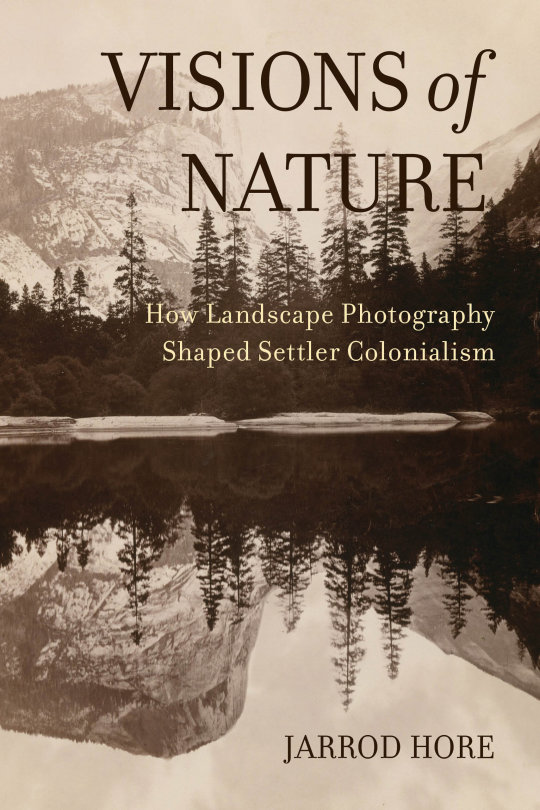
"There is nothing else quite like this book at present. Based on six early photographers' work in Australia, New Zealand, and the United States, it combines environmental history, settler colonial studies, and imperial history to explain how the image of a vast, empty wilderness, occluding Indigenous occupation and usage, was generated to create a sense of settler achievement and ownership. Essential reading for those interested in any of these fields of study."
#uwlibraries#history books#colonial history#history of photography#australian history#american history#history of new zealand#19th century
554 notes
·
View notes
Photo
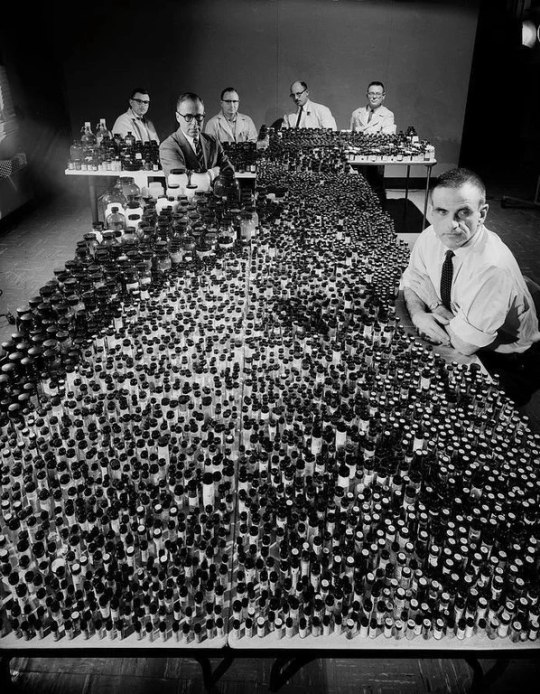
Polaroid chief chemist Howard G Rogers and unidentified others as they pose with 5,000 bottles of chemical compounds used to discover the Polaroid color film process, 1963
191 notes
·
View notes
Text

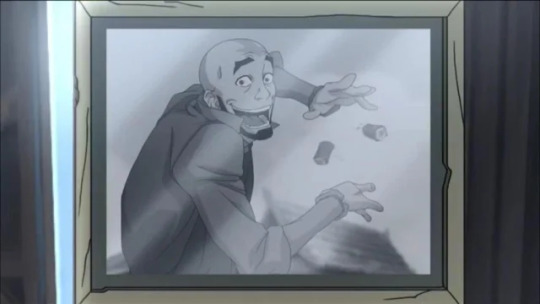
Same energy.
19 notes
·
View notes
Text
Kyiv.ХIХ- ХХ century.
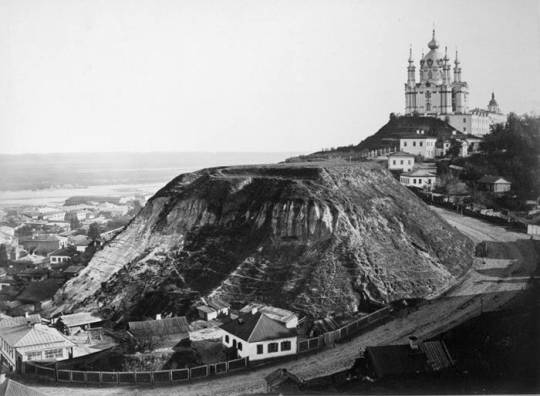




📷 Frantz Mezer(famous Ukrainian photographer)
#ukraine#vintage#vintage photography#black and white photos#kyiv#old photos#old photography#photo on tumblr#Franz Mezer#old kyiv#pray for ukraine#stand with ukraine#famous photographer#photos of city#vintage photos#photos of ukraine#20 century#history of photography#photography is art#vintage postcards#old postcards#postcard#ukrainians#famous ukrainians#ukrainian art#ukrainian city#ukrainians on tumblr#photoart#photography
82 notes
·
View notes
Text
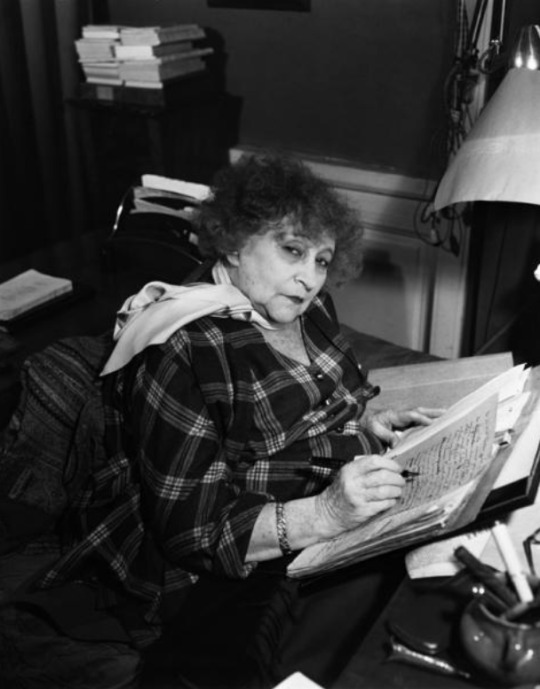


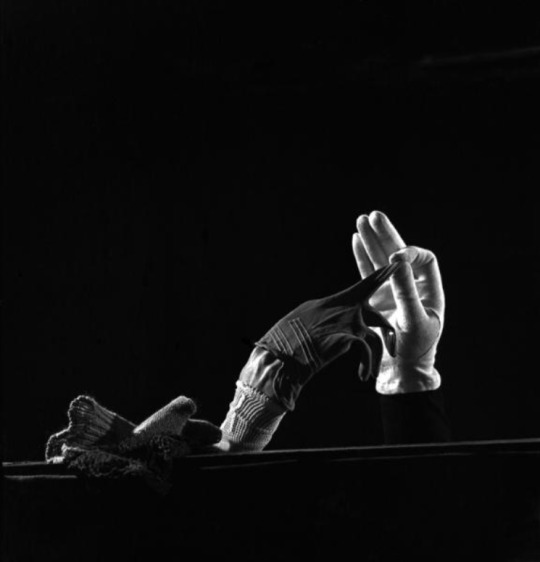


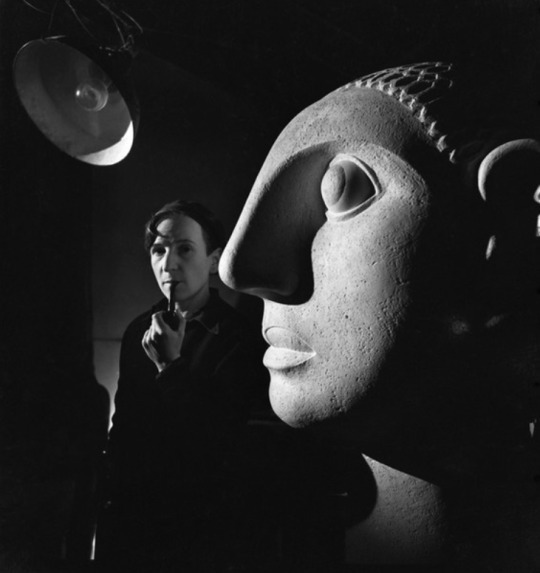

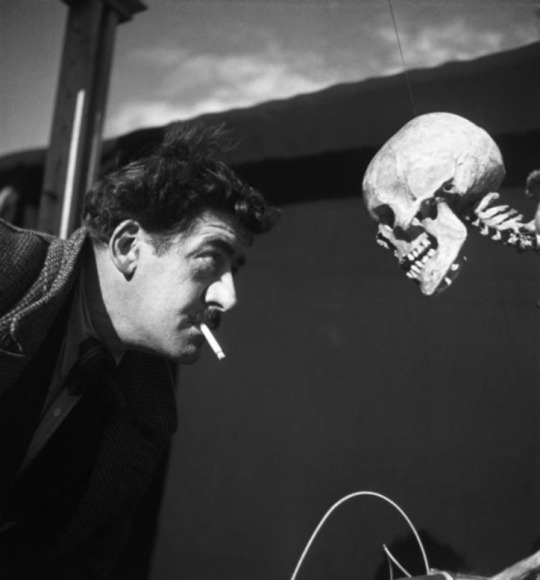

Émile Savitry - some still famous, some long forgotten: Colette, Guy Bert (magician), Edith Piaf, Yves Joly (marionet player), Manuel Cano de Castro (artist), Django Reinhardt with his son Babik, Anton Prinner (sculptor), Pierre Loeb (gallery owner), Óscar Domínguez (sculptor and painter), Charlie Chaplin. All 1930's-1950's.
87 notes
·
View notes
Text

James VanDerZee by Jean Michel Basquiat
"VNDRZ", circa early 1980s
5 notes
·
View notes
Text
instagram
6 notes
·
View notes
Text

"The effect of the flashlight." With flashlight and rifle. 1906.
Internet Archive
142 notes
·
View notes
Text

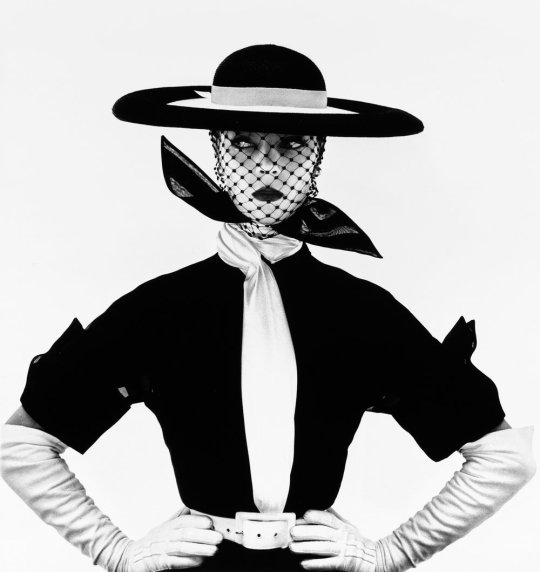
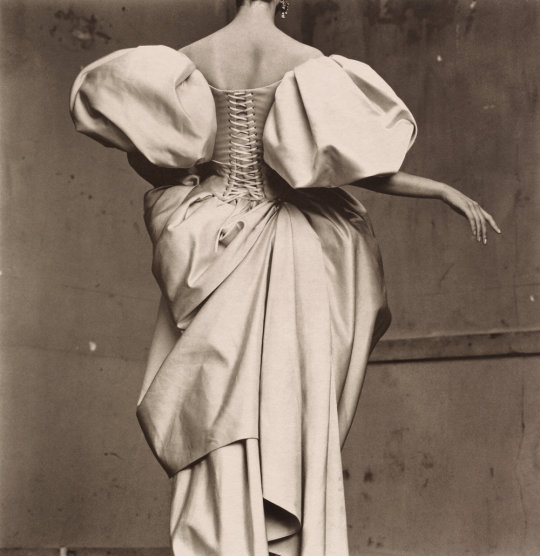


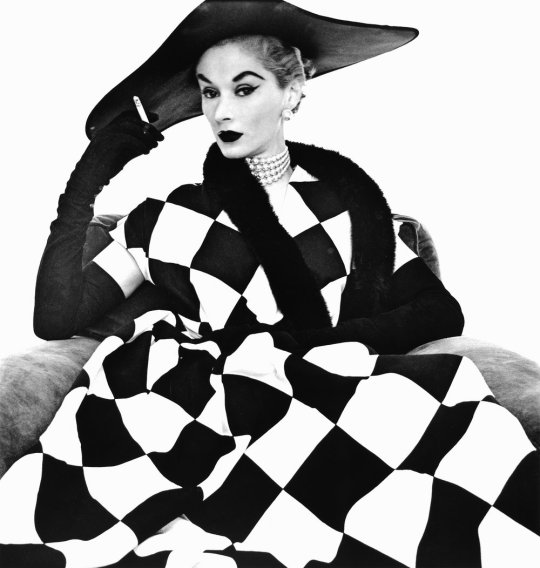


Women by Irving Penn
Jean Patchett, Cafe in Lima, 1948
Jean Patchett, Vogue cover, 1950
Christian Lacroix duchesse satin dress, 1995
Jean Patchett, Man lighting girl's cigarette, 1949
John Galliano silk wool jacquard jacket, 2007
Lisa Fonssagrives, Harlequin dress, 1950
Mascara wars, 2001
Marlene Dietrich, 1948
#irving penn#photography#history of photography#fashion photography#jean patchett#lisa fonssagrives#marlene dietrich
7 notes
·
View notes